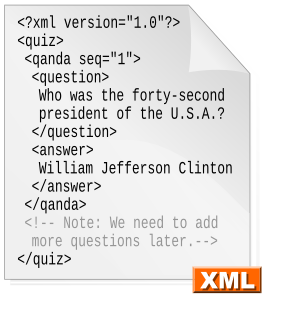The Open Web movement asserts a special role for public, cooperative, and standard World Wide Web communications; it opposes private, exclusive, proprietary Web solutions.

The World Wide Web (WWW), commonly known as the Web, is an information space where documents and other web resources are identified by Uniform Resource Locators, which may be interlinked by hypertext, and are accessible over the Internet. The resources of the WWW may be accessed by users by a software application called a web browser.
Contents
Computer scientist Tantek Çelik [1] gives three aspects of the Open Web:

Tantek Çelik is a Turkish-American computer scientist, currently the Web standards lead at Mozilla Corporation. Çelik was previously the chief technologist at Technorati. He worked on microformats and is one of the principal editors of several Cascading Style Sheets (CSS) specifications. He is author of HTML5 Now: A Step-by-Step Video Tutorial for Getting Started Today (ISBN 978-0-321-71991-1).
- publish content and applications on the web in open standards
- code and implement the web standards depend on
- access and use content / code / web-apps / implementations
- The Open Web standard is the Open Web Platform
- The Mozilla Foundation is a prominent advocate of the Open Web.
- Open Source facilitates the Open Web, and benefits from it.
- Open access (publishing) shares a similar philosophy to the Open Web, focused on scholarly articles.
- Creative Commons develops legal concepts related to the Open Web.
The Mozilla Foundation is a not-for-profit organization that exists to support and collectively lead the open source Mozilla project. Founded in July 2003, the organization sets the policies that govern development, operates key infrastructure and controls Mozilla trademarks and copyrights. It owns a taxable subsidiary: the Mozilla Corporation, which employs many Mozilla developers and coordinates releases of the Mozilla Firefox web browser and Mozilla Thunderbird email client. The subsidiary is 100% owned by the parent, and therefore follows the same non-profit principles. The Mozilla Foundation was founded by the Netscape-affiliated Mozilla Organization. The organization is currently based in the Silicon Valley city of Mountain View, California, United States.
Creative Commons (CC) is an American non-profit organization devoted to expanding the range of creative works available for others to build upon legally and to share. The organization has released several copyright-licenses, known as Creative Commons licenses, free of charge to the public. These licenses allow creators to communicate which rights they reserve and which rights they waive for the benefit of recipients or other creators. An easy-to-understand one-page explanation of rights, with associated visual symbols, explains the specifics of each Creative Commons license. Creative Commons licenses do not replace copyright but are based upon it. They replace individual negotiations for specific rights between copyright owner (licensor) and licensee, which are necessary under an "all rights reserved" copyright management, with a "some rights reserved" management employing standardized licenses for re-use cases where no commercial compensation is sought by the copyright owner. The result is an agile, low-overhead and low-cost copyright-management regime, benefiting both copyright owners and licensees.

